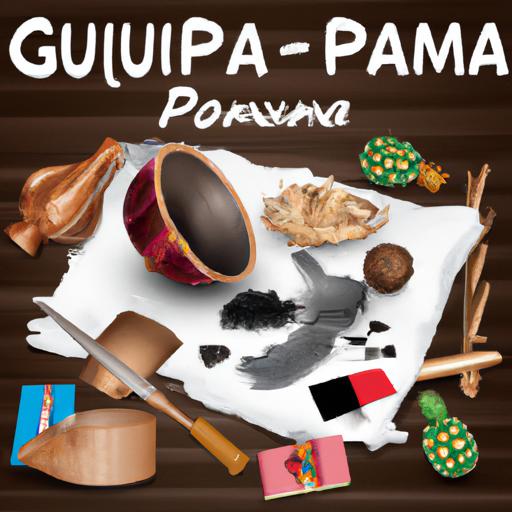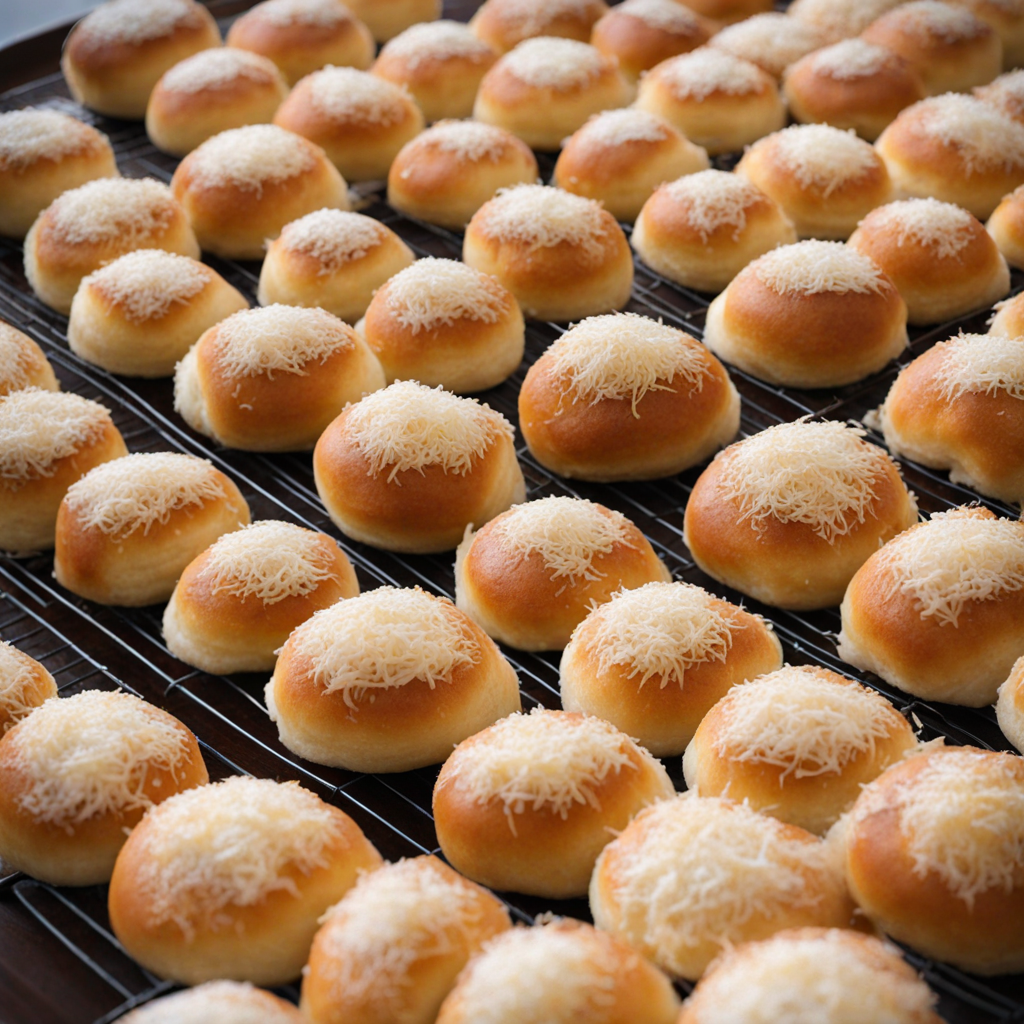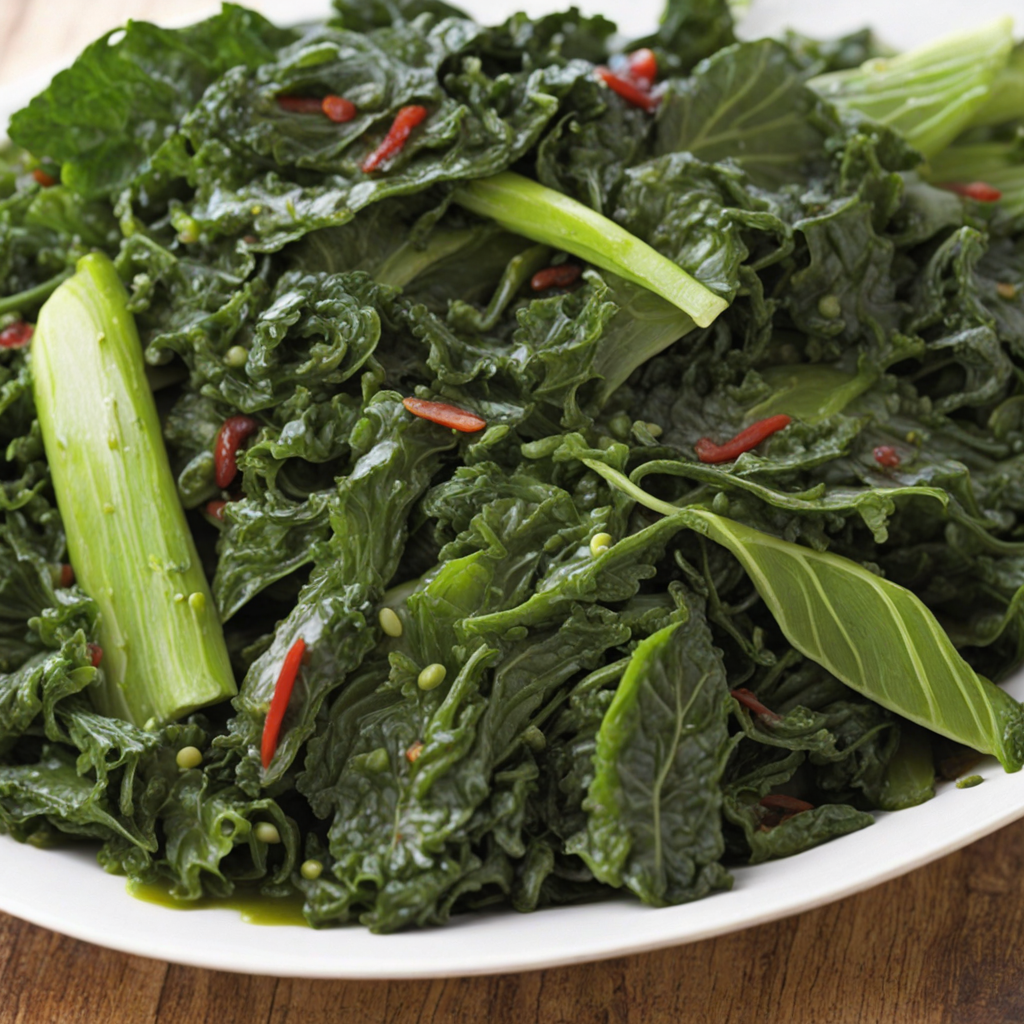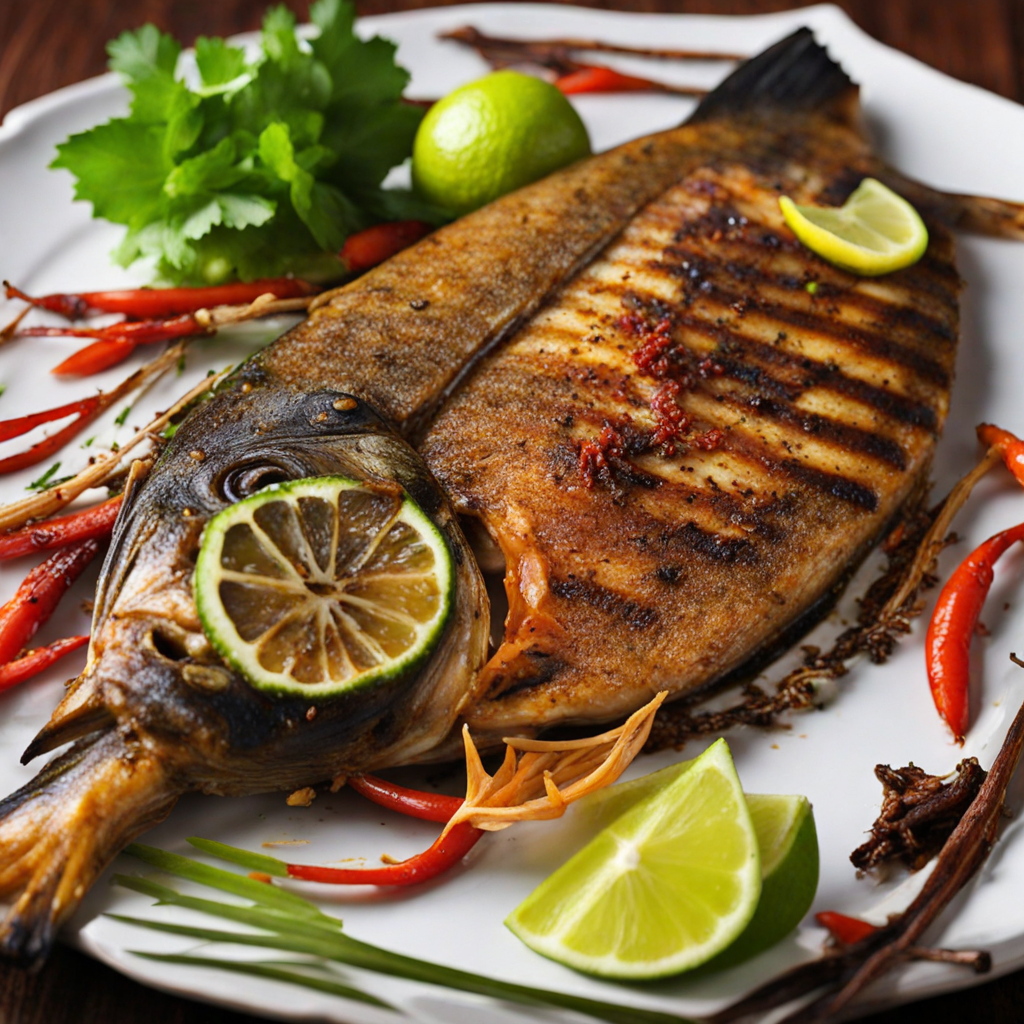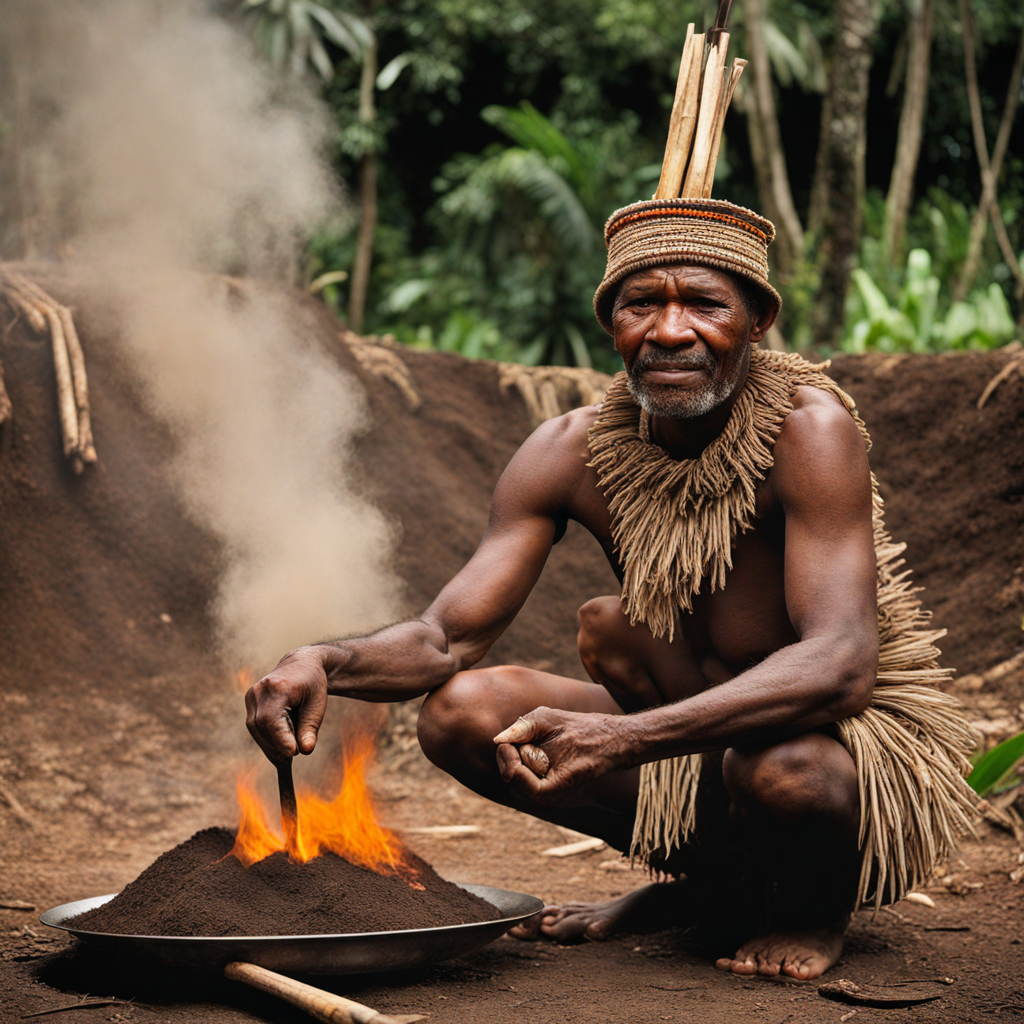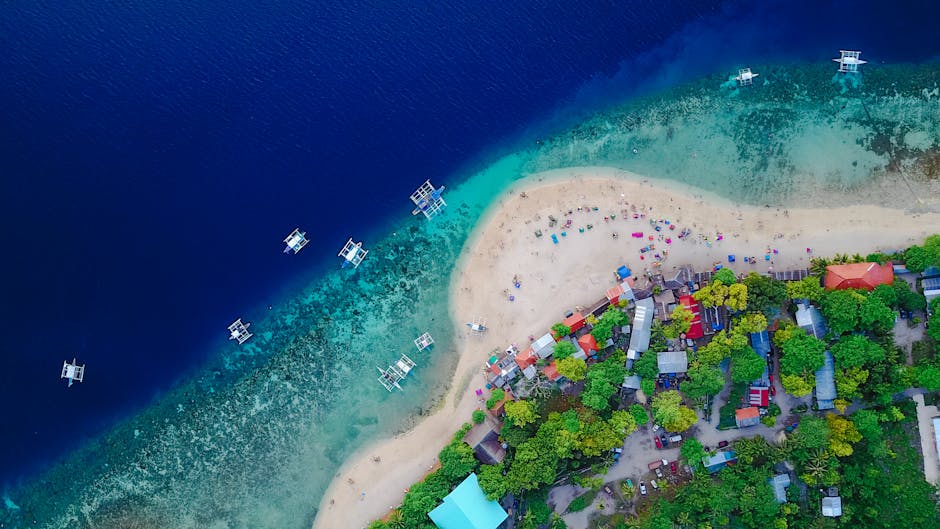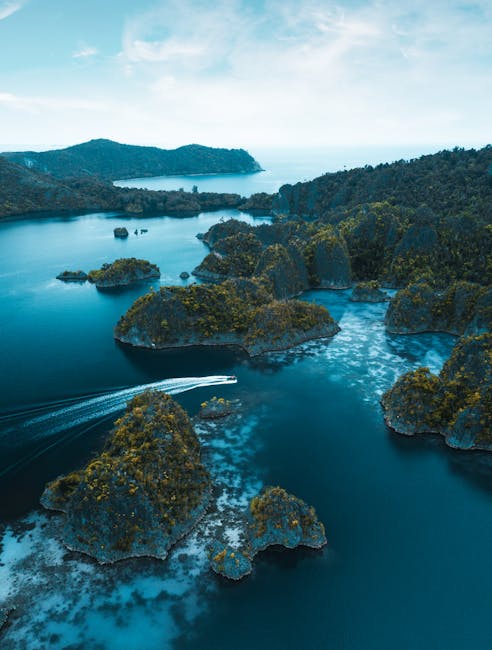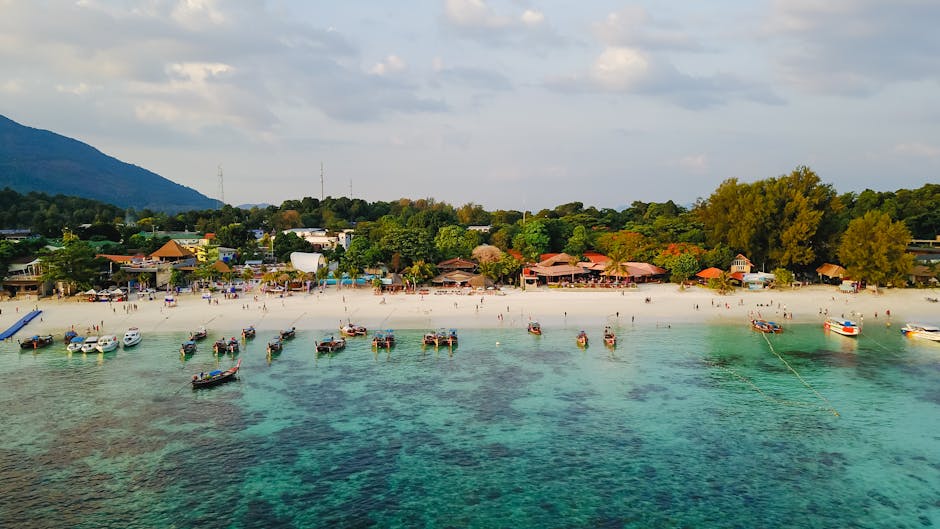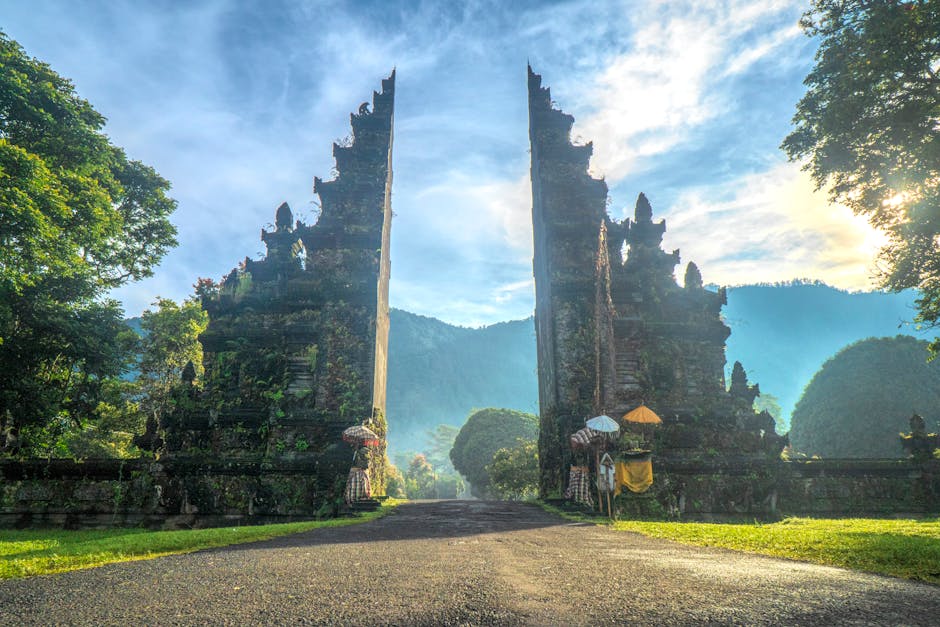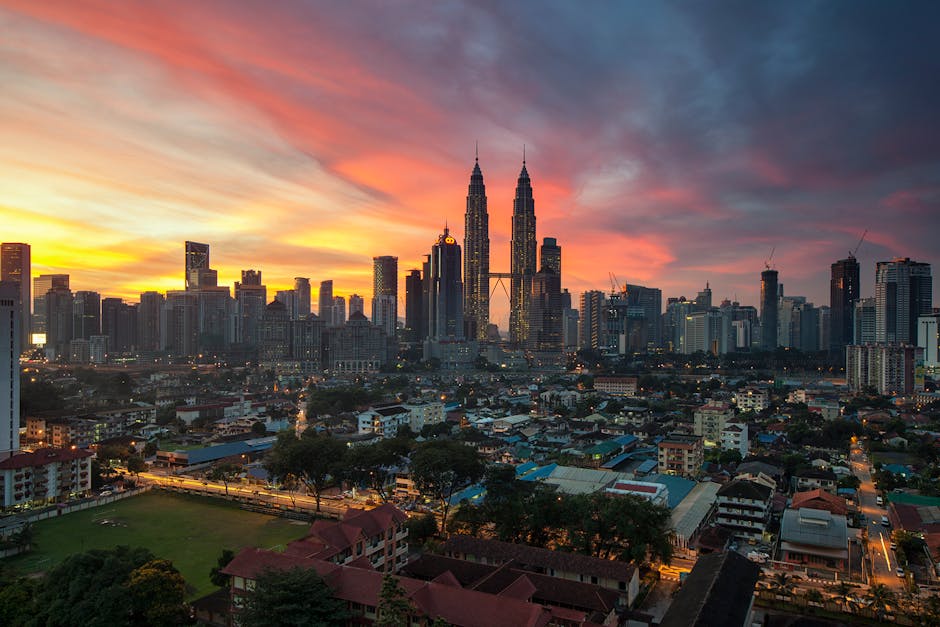Papua New Guinea
Overview
Papua New Guinea Overview
Papua New Guinea, often simply referred to as PNG, is an island nation in Oceania located in the southwestern Pacific Ocean. The country shares its western border with Indonesia and is characterized by its diverse culture, boasting over 800 indigenous languages and equally varied traditions. What makes PNG unique is not just its cultural diversity but also its biodiversity, as it is home to numerous unique species of flora and fauna, many of which are not found anywhere else in the world. Visitors can immerse themselves in the rich tribal cultures, explore lush rainforests, active volcanoes, highland valleys, and the beautiful coral reefs in the surrounding seas.
Tourism Season
The high season for tourism in Papua New Guinea is during the dry season, which runs from May to October. During this time, the weather is most favorable for outdoor activities with less rain and more moderate temperatures. This is the perfect time for trekking in the highlands, bird watching, or cultural tours to experience the vibrant local customs and festivals such as the famous Mt. Hagen Show. Diving enthusiasts will also find this season ideal as visibility underwater is at its best, offering a mesmerizing view of the marine biodiversity.
Travel Considerations
Before visiting Papua New Guinea, travelers should take note of a few important considerations. Ensure that your routine vaccines are up to date, and check with your doctor about additional recommended vaccines like Hepatitis A, Typhoid, and Malaria. It's advisable to carry insect repellent and sunscreen due to the tropical climate. While English is one of the official languages, understanding a few basic phrases in Tok Pisin can enhance your interaction with the locals. Also, do remember that the country is largely cash-based, so ensure you have enough local currency (Papua New Guinean Kina) on hand. Lastly, respect the local customs and traditions, as this is a deeply cultural society.
A Glimpse into the Past
Papua New Guinea (PNG) is a nation of vibrant cultures, stunning landscapes, and rich history, located in the southwestern Pacific Ocean. With over 800 indigenous languages and a multitude of ethnic groups, it is one of the most culturally diverse countries in the world. The history of PNG is a tapestry woven from ancient traditions, colonial encounters, and paths towards independence.
The earliest inhabitants of Papua New Guinea are believed to have arrived over 40,000 years ago, likely migrating from Southeast Asia. These early settlers developed complex societies, with distinct languages and cultures that varied significantly from one region to another. The indigenous peoples of PNG, such as the Huli in the Highlands and the Tolai on the island of New Britain, have maintained their traditions, often reflected in their art, dance, and ceremonies.
European contact began in the 16th century when explorers like Spanish navigator Don Jorge de Meneses and Dutch navigator Willem Janszoon sailed through the region. However, significant interaction did not occur until the 19th century. The arrival of missionaries and traders brought about profound changes, as they introduced new religions and goods, while also disrupting traditional ways of life. This period saw the establishment of trading posts and settlements, particularly along the coasts.
One of the most notable events in PNG's history was the discovery of gold in the late 19th century, particularly in the Gold Rush of 1888 at Kairuku. This discovery attracted thousands of prospectors, leading to an influx of people and a rush to lay claim to land. The gold rush also intensified competition among colonial powers, notably the British and Germans, who sought to expand their influence in the region. By the end of the 19th century, much of PNG was divided into colonial territories, with the British controlling the southern area and the Germans taking the northern part.
In the early 20th century, during World War I, Australian forces captured German New Guinea. After the war, the League of Nations mandated the territory to Australia, leading to a period of Australian administration that lasted until World War II. The war brought significant turmoil to PNG, as it became a battleground for Allied forces and the Japanese. Notable battles, such as the Battle of Milne Bay and the Kokoda Track Campaign, highlighted the strategic importance of the region and resulted in considerable loss of life.
Post-war, the Australian administration began to invest in infrastructure and education, which led to gradual social changes. The rise of nationalism in the 1960s sparked movements for self-determination. PNG gained its independence on September 16, 1975, becoming a member of the Commonwealth of Nations. The transition was relatively peaceful, but the new nation faced numerous challenges, including economic instability, political strife, and the need to unify diverse cultures.
Today, PNG is known for its breathtaking natural beauty, which includes vast rainforests, coral reefs, and majestic mountain ranges. Mount Wilhelm, the highest peak in PNG, offers adventurers stunning views and a challenging trek. The Sepik River, known for its unique cultures and traditional art, provides a glimpse into the lives of the indigenous communities that inhabit its banks. Visitors can explore the intricate carvings and masks that the local people create, deeply rooted in their spiritual beliefs and customs.
The Trobriand Islands, famous for their vibrant culture and the Kula ring exchange system, are a must-visit for those interested in anthropology and unique social practices. The islands are known for their beautiful beaches, traditional canoes, and annual festivals, which showcase the rich cultural heritage of the Trobriand people.
For those who wish to delve into the history of PNG, a visit to Port Moresby, the capital city, is essential. The National Museum and Art Gallery offers insight into the country's history, showcasing artifacts from pre-colonial times through to independence. The nearby Bomana War Cemetery serves as a poignant reminder of the sacrifices made during World War II, honoring the soldiers who fought in the region.
The cultural festivals across PNG provide travelers with the opportunity to witness traditional dances, music, and rituals. The Mount Hagen Show is one of the largest cultural festivals in the country, where various tribes gather to celebrate their heritage through colorful costumes and performances. Similarly, the Goroka Show is an annual event that draws visitors from around the world, showcasing the diverse cultures and traditions of the Highlands.
PNG's natural wonders are just as captivating. The Great Barrier Reef, a UNESCO World Heritage site, offers some of the best diving and snorkeling experiences in the world. The underwater biodiversity is breathtaking, with vibrant coral gardens and an array of marine life.
Inland, the Rainforest of Papua New Guinea is home to unique flora and fauna, including endemic species like the Bird of Paradise. Trekking through the dense jungles, visitors may encounter rare wildlife and learn about the conservation efforts in place to protect these ecosystems.
Despite its beauty and cultural richness, Papua New Guinea faces challenges such as economic development, education, and healthcare. The country relies significantly on its natural resources, including mining and agriculture, but must balance economic growth with environmental conservation and the preservation of its cultural heritage.
Visitors are encouraged to engage with local communities and participate in sustainable tourism practices. Many lodges and tour operators work closely with indigenous peoples, ensuring that tourism benefits local economies while respecting traditions and customs.
Travelers to Papua New Guinea should be mindful of the diverse cultural norms and practices that exist throughout the country. Engaging respectfully with local traditions and customs, such as dress codes and greeting customs, enhances the experience and fosters goodwill between visitors and hosts.
In summary, Papua New Guinea is a nation rich in history and culture, offering travelers a unique glimpse into the lives of its diverse peoples. From the ancient traditions of its indigenous communities to the remnants of colonial encounters, PNG's past is as captivating as its stunning landscapes. Whether trekking through the Highlands, diving in crystal-clear waters, or attending vibrant cultural festivals, visitors to Papua New Guinea will find an experience that resonates deeply with the heart of the Pacific.
Top cities for tourists in Papua New Guinea
Discover the Famous Cities That Might Captivate Your Interests
Must-Try Foods You Can't Afford to Miss
Indulge in a Variety of Fantastic Foods During Your Stay in Papua New Guinea
May Be Your Next Destinations
People often choose these countries as their next destination






